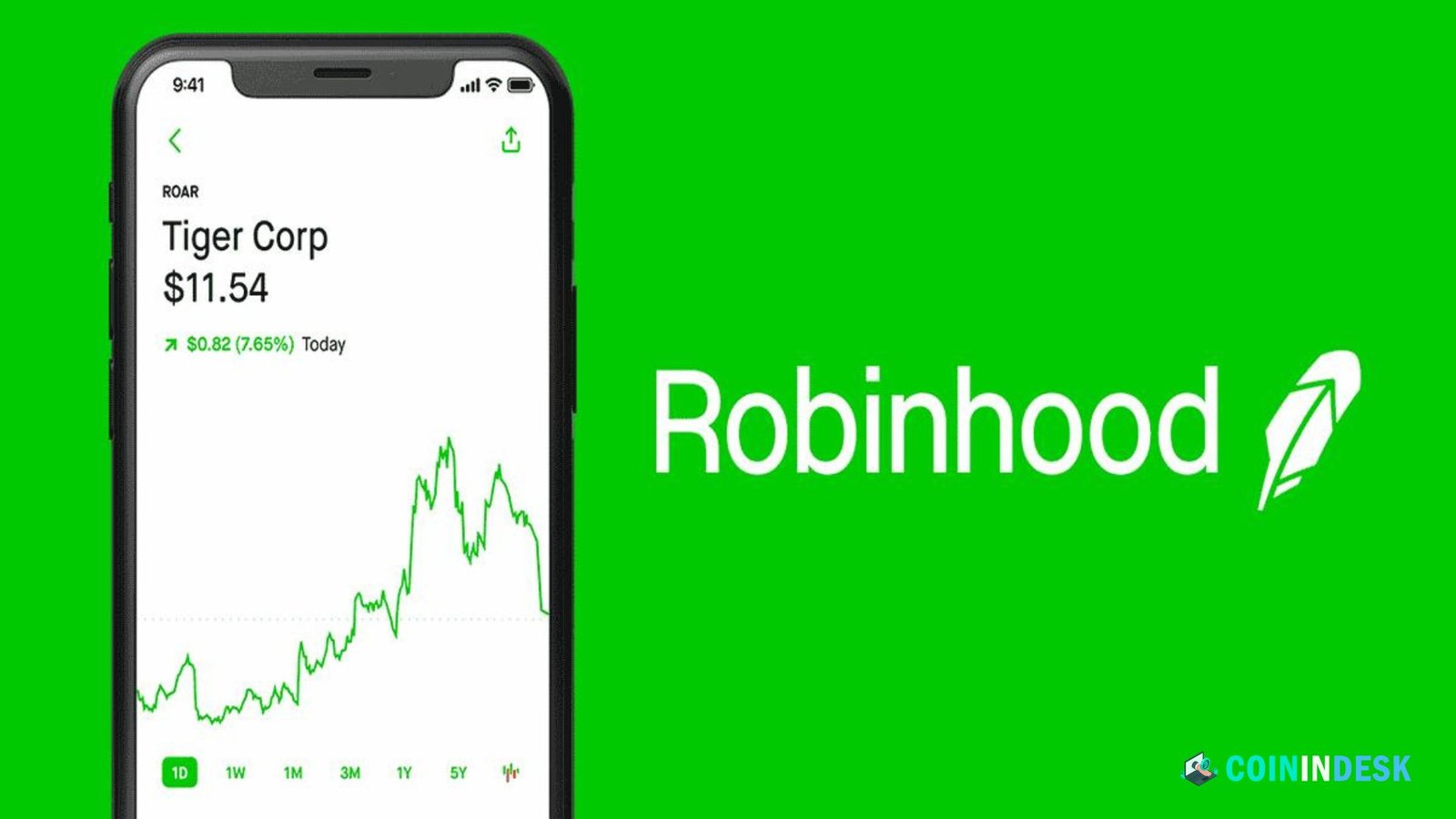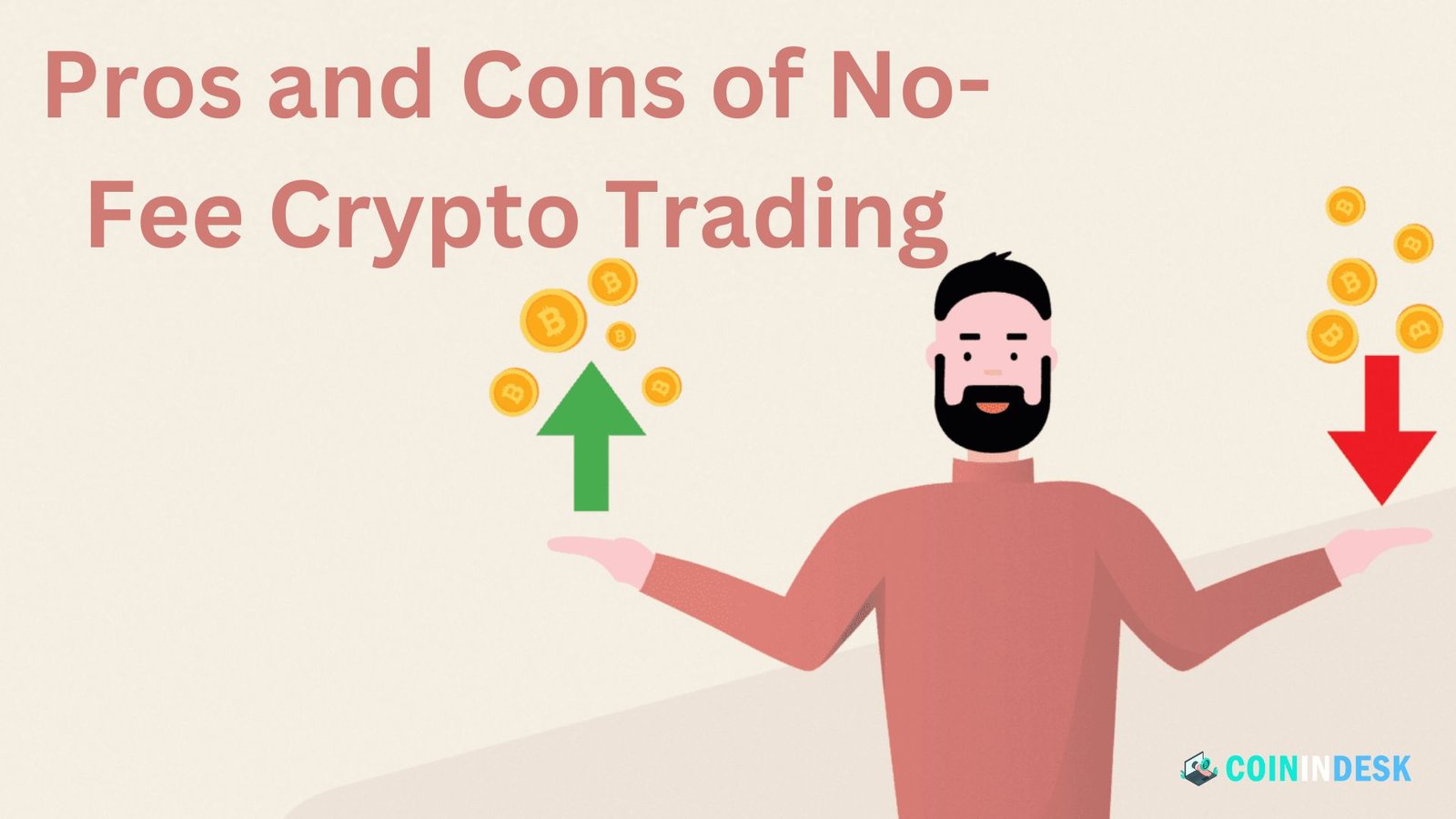No-Fee Crypto Trading: From the inception of decentralized digital currencies to the introduction of smart contracts, the cryptocurrency industry has always been associated with innovative ideas. The platforms that facilitate cryptocurrency trading have also developed alongside the market, with the ongoing goal of making the process easier, more streamlined, and more accessible for users. The advent of no-fee crypto trading is a game-changer that has emerged in the last several years; it will alter the way investors and traders deal with digital assets forever.
The Rise of No-Fee Crypto Trading
Various costs, like as trading fees and withdrawal fees, have long been associated with cryptocurrency trading. Trading volume, asset type, and exchange charge structure are three factors that might cause these costs to fluctuate widely among platforms. The rapid accumulation of these costs can reduce the allure of trading for many traders, particularly those dealing with high volumes or engaging in transactions often.
By providing a platform where users can trade cryptocurrencies for free, no-fee crypto exchanges hope to shake up this business. Retail traders and market newbies will find this idea especially attractive because it reduces the barrier to entrance and encourages greater experimentation without the worry of losing money due to fees.
How Do No-Fee Trading Platforms Work?
A lot of people question how no-fee trading platforms make money as the concept seems too wonderful to be true. Their business models are the key to understanding how they differ from traditional exchanges:
Revenue from Other Services
Ancillary services, not trading fees, are the main source of income for many no-fee platforms. A few examples of such services are premium account features, the ability to stake, and lending and borrowing options. Offering no-fee trading as a loss leader to entice consumers is something these platforms can afford to do because they diversify their revenue streams.
Order Flow Payments
Market makers or high-frequency trading companies buy user order flows on some platforms. The platform can provide trading at no cost to users because these corporations pay for the right to execute trades. Although this is still a contentious issue in the mainstream of finance, it has gained significant traction in the cryptocurrency market.
Spread Markups
One way that certain no-fee platforms make money is by adding a modest markup to the spread, which is the difference between the purchase and sell price of a cryptocurrency. Although there is no cost to customers, the site benefits from the somewhat unfavorable exchange rate.
Partnerships and Advertisements
Platforms can monetize their services in several ways, including through targeted advertising or partnerships with other financial services. Their ability to have a no-fee trading system is due to this non-intrusive manner of monetization.
Popular No-Fee Crypto Trading Platforms
Several platforms have emerged as leaders in the no-fee trading space, each with its unique approach to offering a fee-free trading experience:
Robinhood
After finding success in the stock market, Robinhood expanded into cryptocurrency trading and became one of the first no-fee trading platforms. Robinhood does not charge its users a commission to trade, rather it makes money from the flow of orders and interest on cash holdings. Despite its widespread use, it has come under fire for two reasons: the lack of variety in the cryptocurrencies it supports and the possibility of conflicts of interest.
Binance
During various promotional periods, Binance, one of the biggest cryptocurrency exchanges globally, has introduced no-fee trading for specific pairs. Although low fees are more important to Binance’s business strategy than no fees at all, the exchange’s infrequent free-fee promotions have drawn a large user base, especially during periods of extreme market volatility.
eToro
In addition to its well-known social trading capabilities, eToro now offers No-Fee crypto trading. Spreads and other services generate revenue, even though it does not charge fees. A lot of new traders start on eToro because of its social trading features and how easy it is to use.
Voyager
Voyager allows users to trade a variety of cryptocurrencies without paying a commission. Both spread markups and payment for order flow contribute to the platform’s revenue. The sophisticated order routing system that Voyager uses gives it an advantage over its competitors by comparing prices across different exchanges and ensuring that users get the best deal.
The Pros and Cons of No-Fee Crypto Trading
While no-fee trading platforms offer many advantages, they are not without their downsides. Here’s a closer look at the benefits and potential drawbacks:
Pros:
- Lower Barrier to Entry: No-fee trading makes it easier for new investors to enter the crypto market without worrying about fees eating into their initial investments. This accessibility is crucial for driving the broader adoption of cryptocurrencies.
- Cost Savings for Active Traders: For traders who engage in high-frequency trading or manage large portfolios, the elimination of fees can result in significant cost savings over time.
- Increased Market Liquidity: By removing fees, these platforms can encourage more trading activity, leading to greater liquidity in the market. This increased liquidity can reduce volatility and create a more stable trading environment.
Cons:
- Hidden Costs: While no-fee platforms don’t charge traditional fees, they often have hidden costs, such as wider spreads or less favorable exchange rates. Traders need to be aware of these potential costs when choosing a platform.
- Limited Features: Some no-fee platforms may offer fewer features compared to their fee-based counterparts. For example, advanced trading tools, a wider range of supported cryptocurrencies, or more robust customer support may be lacking.
- Potential Conflicts of Interest: The practice of payment for order flow can create conflicts of interest, as platforms may prioritize routing orders to partners who pay them the most, rather than securing the best execution for their users.
- Reliance on Revenue Diversification: Platforms that rely on no-fee models may be more vulnerable to market downturns, as their revenue streams are diversified but not always stable. This reliance on alternative revenue sources could lead to changes in fee structures or the introduction of fees in the future.
The Future of No-Fee Crypto Trading
The fierce competition in the cryptocurrency market is demonstrated by the proliferation of no-fee crypto trading. Traditional exchanges may feel compelled to lower or do away with fees altogether if other platforms start using this strategy. The capacity of platforms to keep up additional sources of income without lowering service quality is crucial to the long-term viability of no-fee trading.
Platform income generation may undergo additional innovation in the future via connections with DeFi (decentralized finance), tokenized assets, or more complex financial products. Furthermore, no-fee trading may become less accessible when platforms modify their business models to conform to new rules brought about by the increased governmental scrutiny of the cryptocurrency industry.
Conclusion
The advent of no-free crypto trading has revolutionized the way people deal with digital assets. These platforms might bring in a slew of new investors for the crypto market by reducing the barrier to entry and increasing trading accessibility. However, traders need to be wary of no-fee platforms because of their hidden expenses and other potential downsides. The future of cryptocurrency trading is anticipated to be greatly influenced by no-fee trading as the industry undergoes continuous evolution.


